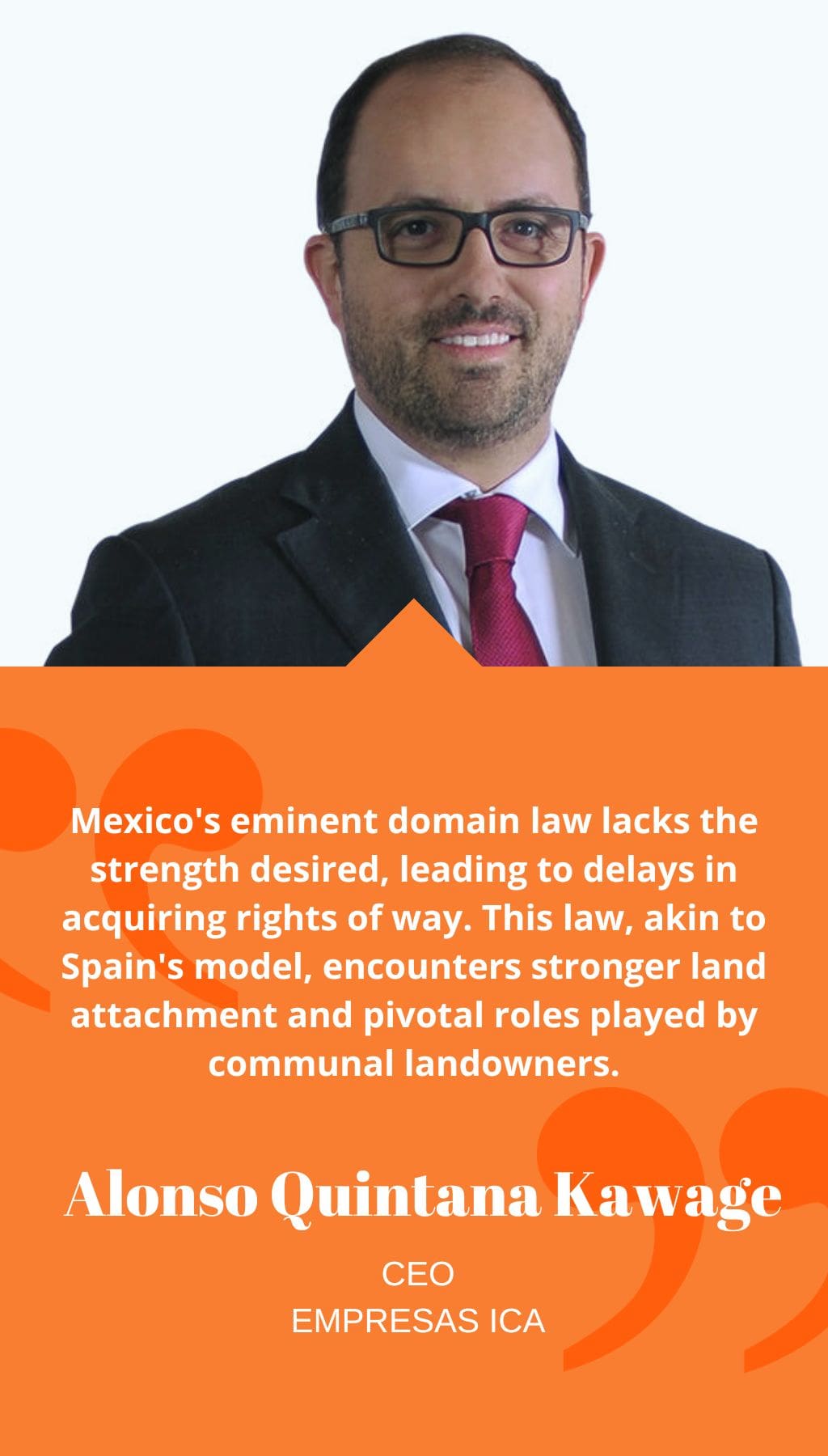
- Mexico | 25 May 2023

How do you assess the 2013-18 national infrastructure plan? Do you believe it can be effectively executed?
This plan stands as an ambitious endeavor. With projects valued at over $300 billion, it implies an annual investment exceeding 6% of GDP, an unprecedented figure in Mexico’s history. For comparison, the prior administration heavily invested in infrastructure but never surpassed 4.5% of GDP. However, the implementation of the current plan is experiencing delays, primarily due to intricate global macroeconomic conditions and Mexico’s focus on structural reforms.
Adding to the complexity, the aftermath of Hurricanes Ingrid and Manuel on both the Atlantic and Pacific coasts will necessitate increased government debt. I believe Mexico can afford to borrow more, particularly for investing in new infrastructure or reconstructing affected regions. While maintaining a “zero deficit” policy keeps government accounts robust, flexibility in extreme circumstances, like those witnessed in 2013, seems prudent.
What are the advantages and disadvantages of the new law on public-private partnerships (PPPs)?
On the whole, Mexico stands as a relatively advanced nation in terms of PPPs, drawing on past successful models from the UK and Australia. Compared to the US, where airport privatization is pending and road PPP concessions are nascent, Mexico’s PPP model has been competitive and appealing to local and international investors.
Under the new law, construction companies can proactively propose projects, initiating engineering and presenting these to contracting agencies without prior requests. While this offers flexibility and dynamism, it poses risks for companies uncertain about project costs without assurance of awards. However, the model’s government guarantees bolster investor confidence in long-term return projects. In my view, this model is ripe for implementation.
What are the primary challenges faced by construction firms throughout a project’s lifecycle?
In essence, rigidity in government agencies and distrust in the sector, stemming from past corruption cases, present significant hurdles. Excessive bureaucracy, particularly in releasing government payments to contractors, is prevalent. Instances occur where projects progress or conclude with significant outstanding payments, impacting profitability. Local companies often face these delays more than international counterparts, which have fewer qualms about halting work amid payment delays. Moreover, Mexico’s eminent domain law lacks the strength desired, leading to delays in acquiring rights of way. This law, akin to Spain’s model, encounters stronger land attachment and pivotal roles played by communal landowners.
How might energy reform spur additional investment in infrastructure?
The energy reform is poised to alleviate the investment burden on Pemex in oil and gas sectors. Clear secondary laws and appealing contracts are expected to galvanize private investment via international oil companies, subsequently benefiting construction firms already operating in Mexico. In terms of power generation investment, the reform might prompt independent power producers’ investments, further stimulating construction activity in the sector.














